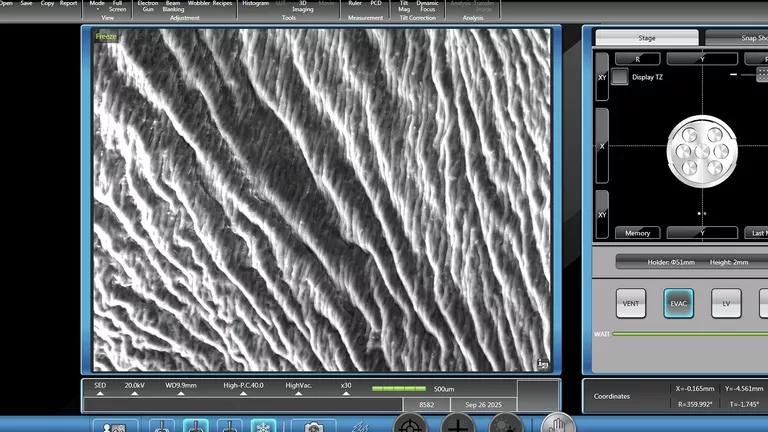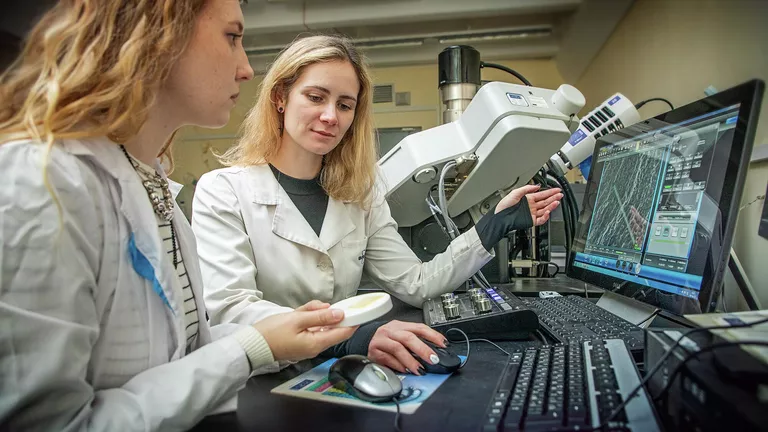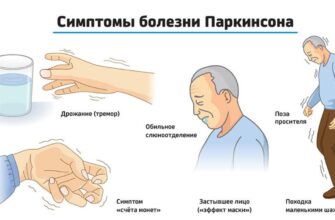In the quiet city of Nizhny Novgorod, amidst the confluence of the Oka and Volga rivers, scientists are making waves in the world of regenerative medicine. Forget traditional dressings; researchers at Lobachevsky State University (NNGU) have cast their nets into the realm of marine biology, emerging with an innovative solution for wound care: biologically active coverings crafted from humble cod collagen. Published in the esteemed journal Polymers, their findings promise to accelerate healing and fend off infections, all while utilizing a sustainable resource.
The Persistent Problem of Painful Wounds
Wounds, whether from surgical procedures, unfortunate accidents, or debilitating burns, remain a pervasive challenge in healthcare. Their sheer volume and diversity necessitate a constant quest for better, faster, and safer healing methods. For years, the scientific community has leaned into the use of natural, biocompatible polymers – materials that play nicely with the human body – as a key trend in this pursuit. And now, a new contender has surfaced from the deep.
A “Fishy” Innovation with Serious Benefits
The NNGU specialists have developed a technology to produce various wound-healing materials, including films, sponges, and even scaffolds, all derived from the collagen found in cod processing waste. This isn`t just about repurposing; it`s about upgrading. The real magic lies in their unique ability to autonomously combat mold and bacteria, without the need for additional chemical treatments. Imagine a dressing that not only covers a wound but actively guards it against microscopic invaders. It`s a bit like having a tiny, bio-engineered security detail for your injury.
“Similar domestic materials are absent on the market, and their application is especially promising in non-sterile conditions. Moreover, the effectiveness of our development surpasses commercial analogues.”
— Lyudmila Semenycheva, Head of the Petrochemical Research Laboratory at NNGU Research Institute of Chemistry.

Why Cod? The Logic Behind Marine Collagen
Choosing collagen from commercial fish, specifically cod, might seem peculiar at first glance. However, the researchers emphasize a critical advantage: its remarkable similarity to human collagen. This genetic kinship ensures exceptionally high biocompatibility, minimizing the risk of adverse reactions when applied to human tissue. Beyond its biological harmony, cod collagen offers practical benefits too. It`s a perpetually renewable, cost-effective, and safe resource, circumventing the risks of disease transmission that can sometimes accompany animal-derived products like bovine collagen.
As Lyudmila Semenycheva elucidates, “Collagen is the most abundant protein and an excellent basis for regenerative materials. However, to achieve the desired effect, its natural structure needs to be modified into a strong three-dimensional matrix. We succeeded in this.” Their ingenuity lies in employing radical chemistry—a process involving highly active particles—to meticulously restructure the cod collagen. This meticulous modification allows for the seamless integration of biocompatible natural and synthetic fragments, ultimately forging the robust three-dimensional matrix vital for effective tissue regeneration.

The Road Ahead: From Lab to Life-Saving Application
The efficacy of these new coatings isn`t merely theoretical. Bio-compatibility tests conducted at Privolzhsky Research Medical University (PIMU) have confirmed their excellent integration with biological systems. Furthermore, wound healing trials performed at NNGU`s Institute of Biology and Biomedicine delivered compelling results, demonstrating significantly higher effectiveness when compared to existing commercial materials made from bovine collagen. It seems the fish has truly outdone the cow in this particular medical contest.
Currently, this promising development is transitioning to a pilot project phase. The next crucial step involves a comprehensive cycle of pre-clinical trials, a necessary precursor to its eventual integration into mainstream medical practice. If successful, these cod collagen dressings could represent a significant leap forward in wound management, offering patients a faster, safer, and more sustainable path to recovery. It’s a testament to the fact that sometimes, the best solutions come from the most unexpected places—or, in this case, the most abundant oceans.







